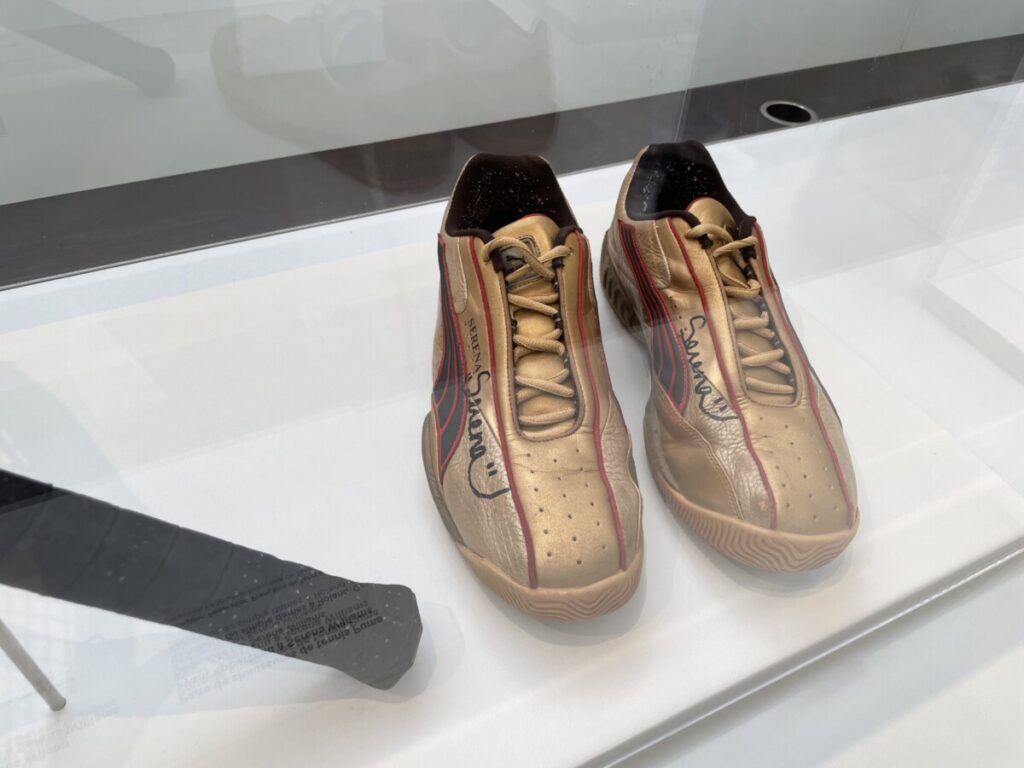Earlier this week, our class took a trip to Musee de l‘Homme – an anthropological museum established in 1937. The walls leading up to the museum were decorated in brightly lit LED signs that said the word “Hello” in various different languages. It was the perfect welcome to what was going to be an afternoon filled with fun facts on the evolution of the human species.
Early in the exhibit I discovered a glass case filled with the brains of different animal species such as rodents, rhesus macaques, humans, and even elephants. The brains were suspended in a hydrating solution to ensure that they did not decay. At Emory, I work in a neuroimaging lab that studies the neurostructural development of rhesus macaques brains subject to obesogenic diets and social subordination stress. Hence, it was so interesting to finally be able to see a live visual of the macaque brain, one which I have been viewing on a screen for so long. What struck me the most, however, was the drastic size difference between the human brain and the macaque brain. Since the rhesus macaque is such a common model organism for “stress on the brain” studies and is praised for its high translational value to human brains, I expected the brain size to be more similar to that of humans. However, it was surprisingly only one-third the size of a human brain. Nevertheless, numerous findings from macaque research have proven to be immensely valuable in the development of clinical treatments for humans suffering from depression, anxiety, and even mobile disabilities (e.g. the development of neuroprosthetics). One such study demonstrated that stimulation electrodes in the somatosensory cortex and recording electrodes in the anterior intraparietal area (AIP) of a male macaque can lead to tactile sensation to a NHP (Klaes et al., 2015). Such types of studies continue to revolutionize brain-machine-interface (BMI) technologies.

Towards the end of the exhibit, there was a section on the evolution of sneakers. As an outspoken tennis geek, I was enchanted by the display of the shoes Serena Williams wore when she won the 2002 French Open. This section was incredibly interesting as it demonstrated how cultural changes led to the evolution of various sneakers types. I have been to a sneaker museum in the US; however, this one better explained the impact of culture on sneaker evolution.
Ultimately, this trip was very eye opening for me from a neuroscience research perspective and motivated me to one day come back in the future.

References:
Klaes, C., Shi, Y., Kellis, S., Minxha, J., Revechkis, B., & Andersen, R. A. (2014). A cognitive neuroprosthetic that uses cortical stimulation for somatosensory feedback. Journal of Neural Engineering, 11(5), 056024. https://doi.org/10.1088/1741-2560/11/5/056024
